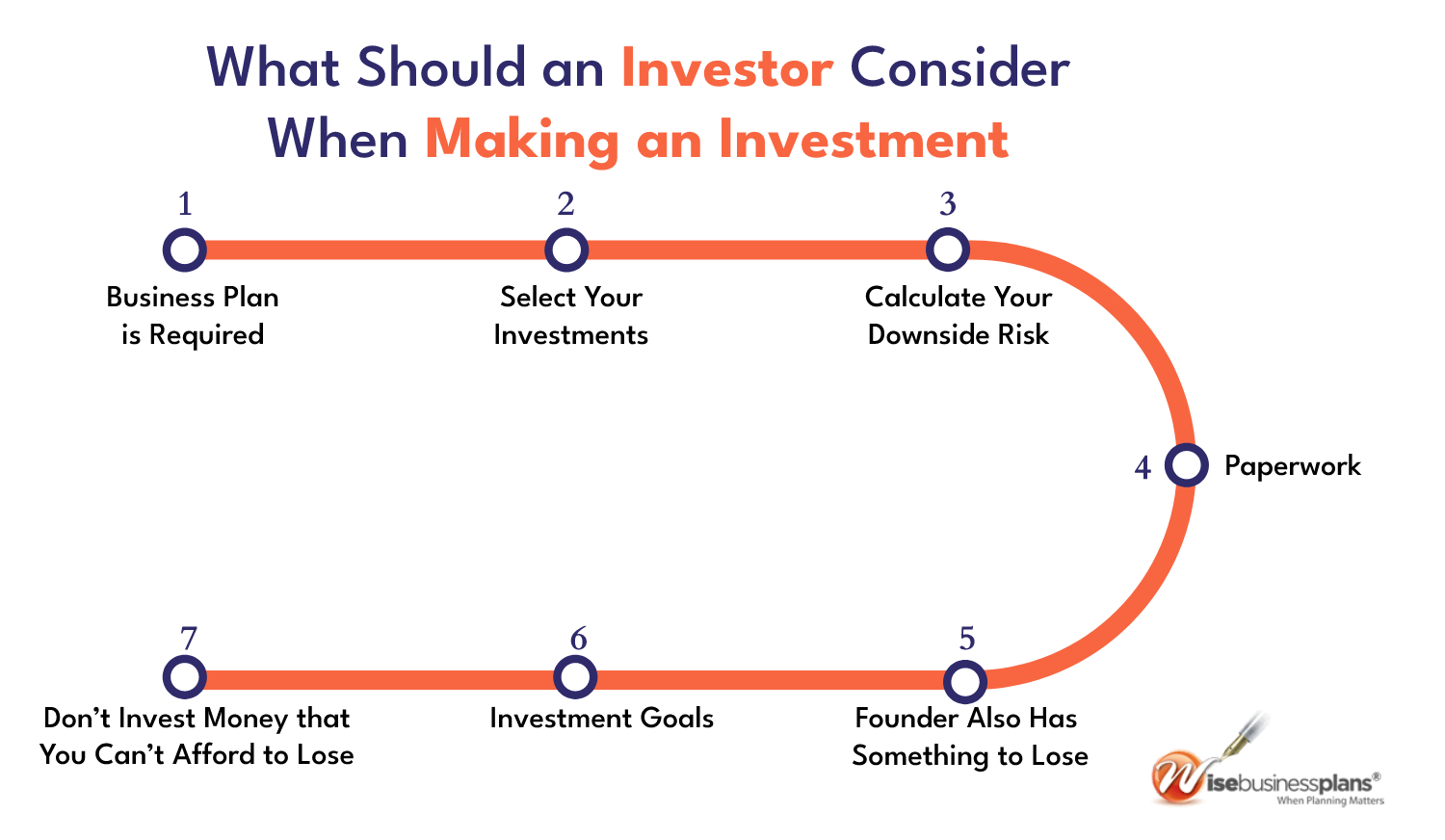The Best Guide To Amur Capital Management Corporation
Table of ContentsAmur Capital Management Corporation Things To Know Before You BuyAmur Capital Management Corporation - TruthsGet This Report about Amur Capital Management CorporationRumored Buzz on Amur Capital Management CorporationThe Only Guide to Amur Capital Management Corporation9 Easy Facts About Amur Capital Management Corporation ShownThe Amur Capital Management Corporation PDFs
That solitary sentence can apply to the task of picking your financial investments. Below are some fundamental principles any financier should understand if they want to improve the performance of their financial investment choice.Offer your cash time to grow and worsen. Determine your risk tolerance, then pick the kinds of investments that match it.
Amur Capital Management Corporation Can Be Fun For Anyone
You need to dedicate to an amount of time throughout which you will certainly leave those investments untouched. A practical price of return can be anticipated only with a long-term perspective. When investments have a very long time to value, they're much more likely to weather the unavoidable ups and downs of the equities market.
Another crucial reason to leave your investments untouched for several years is to take benefit of compounding. When you start making money on the cash your financial investments have actually currently made, you're experiencing compound growth.
Not known Incorrect Statements About Amur Capital Management Corporation
They get the benefit of worsening development over a longer duration of time. Possession allocation means placing your financial investment funding into several types of investments, each standing for a percent of the entire. Allocating properties right into different classes that are not highly correlated in their rate activity can be a very efficient method of branching out threat.
If you desire to expand your profile even more, you could increase beyond those two courses and include realty financial investment trust funds (REITs), assets, foreign exchange, or international supplies. To understand the right allocation strategy for you, you need to understand your tolerance for risk. If temporary losses maintain you awake at night, focus on lower-risk alternatives like bonds (capital management).
The Best Guide To Amur Capital Management Corporation

Nobel Prize-winning economic expert Harry Markowitz referred to this benefit as "the only complimentary lunch in finance - https://www.giantbomb.com/profile/amurcapitalmc/. capital management." You will earn a lot more if you expand your profile. Below's an instance of what Markowitz meant: A financial investment of $100 in the S&P 500 in 1970 would certainly have grown to $7,771 by the close of 2013
Currently, visualize you take on both approaches. If you had spent $50 in the S&P 500 and the other $50 in the S&P GSCI, your complete financial investment would have grown to $9,457 over the very same duration. This implies your return would certainly have gone beyond the S&P 500-only portfolio by 20% and be virtually dual that of the S&P GSCI performance.
An Unbiased View of Amur Capital Management Corporation

Every little thing else takes highly specialized knowledge. If you're a specialist on antique Chinese porcelains, go for it. If you're not, you're better off sticking to the essentials. If a lot of investors can reach their goals with a mix of supplies and bonds, then the ultimate question is, exactly how much of each class should they pick? Let background be an overview.
The fact is, the complete return on stocks historically has actually been a lot more than for all various other property classes. In his publication Stocks for the Long Run, writer Jeremy Siegel makes a powerful case for making a portfolio consisting mostly of supplies. His rationale: "Over the 210 years I have actually analyzed stock returns, the genuine return on a generally varied portfolio of supplies has actually balanced 6. mortgage investment.6% annually," Siegel claims
An Unbiased View of Amur Capital Management Corporation
"At the end of 2012, the yield on small bonds had to do with 2%," Siegel notes. "The only way that bonds might generate a 7.8% genuine return is if the consumer cost index dropped by almost 6% each year over the next three decades. A deflation of this size has actually never been maintained by any nation in world history." Whatever mix you select, make certain that you choose.
Case in factor: At a price of 3% rising cost of living annually, $100,000 will certainly be worth just $40,000 in thirty years. Your age is as relevant as your character. As you obtain closer to retired life, you should take fewer threats that could jeopardize your account balance just when you need it.
The Only Guide for Amur Capital Management Corporation

In keeping with the Pareto Principle, we'll take into consideration the 5 most crucial elements. The frequency and amount of the reward are subject to the business's look at here now discernment and they are largely driven by the company's economic efficiency.